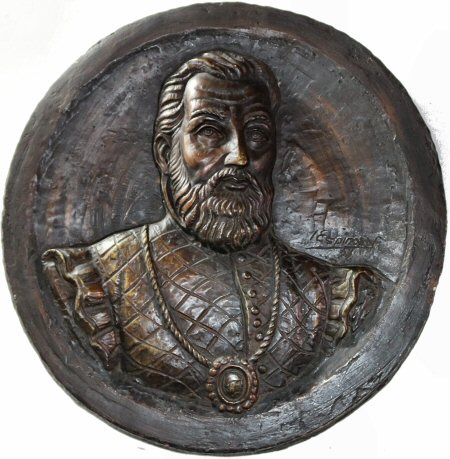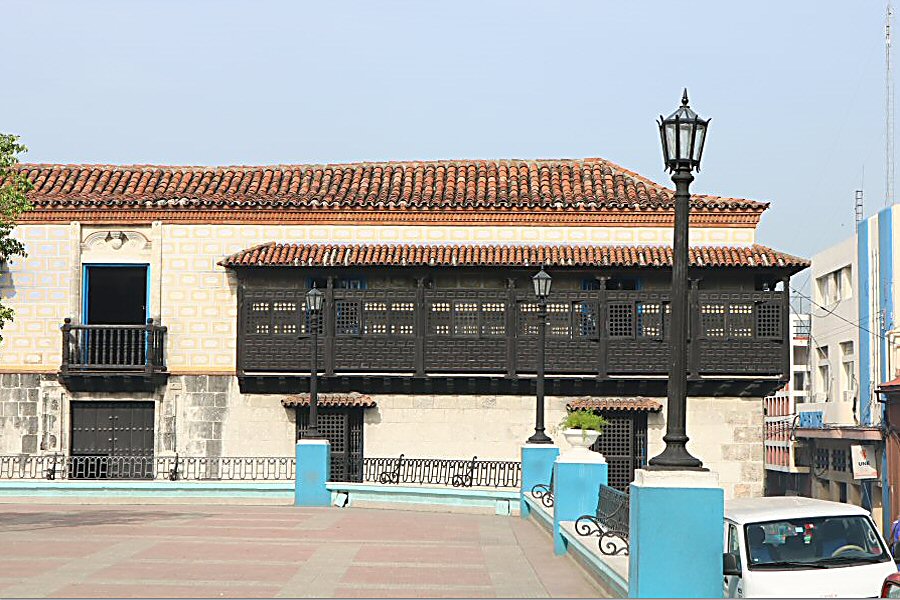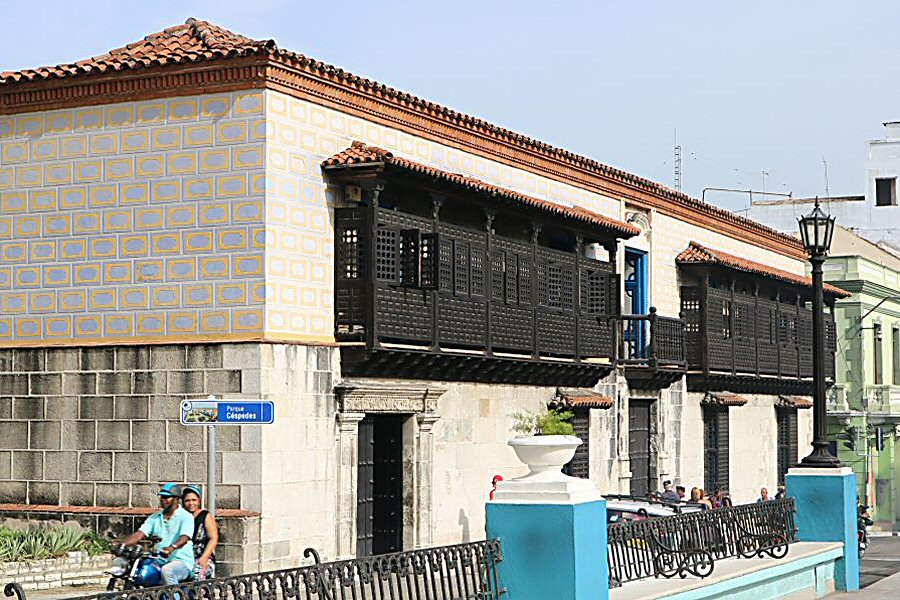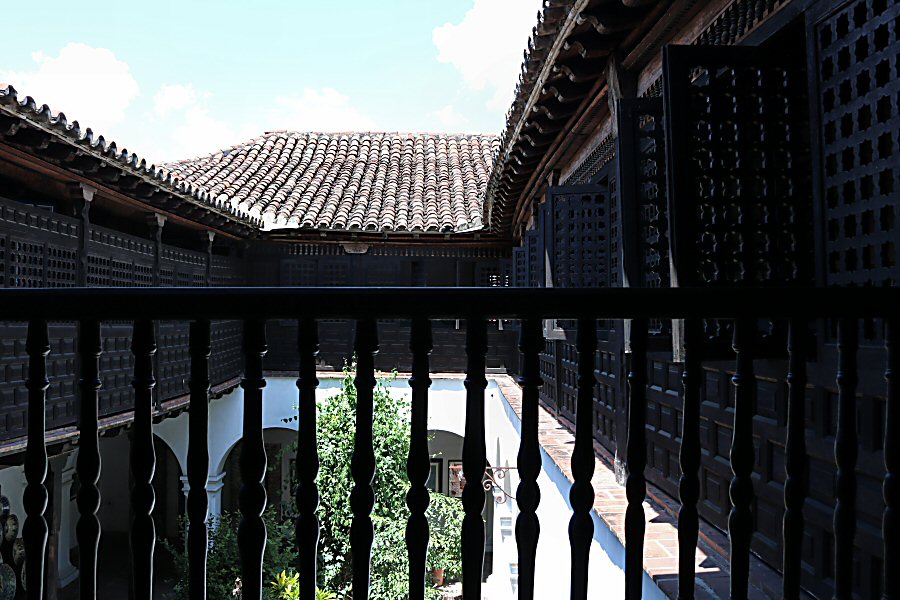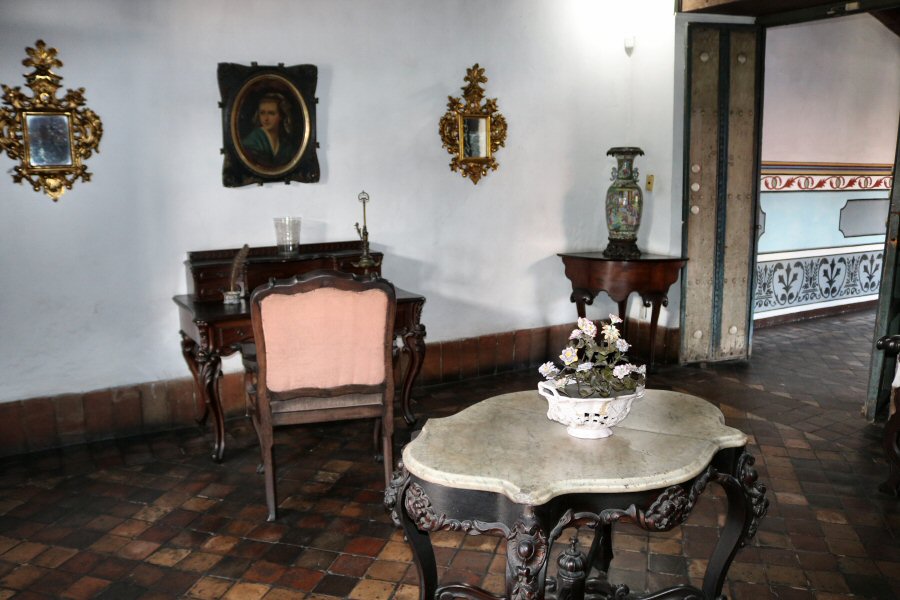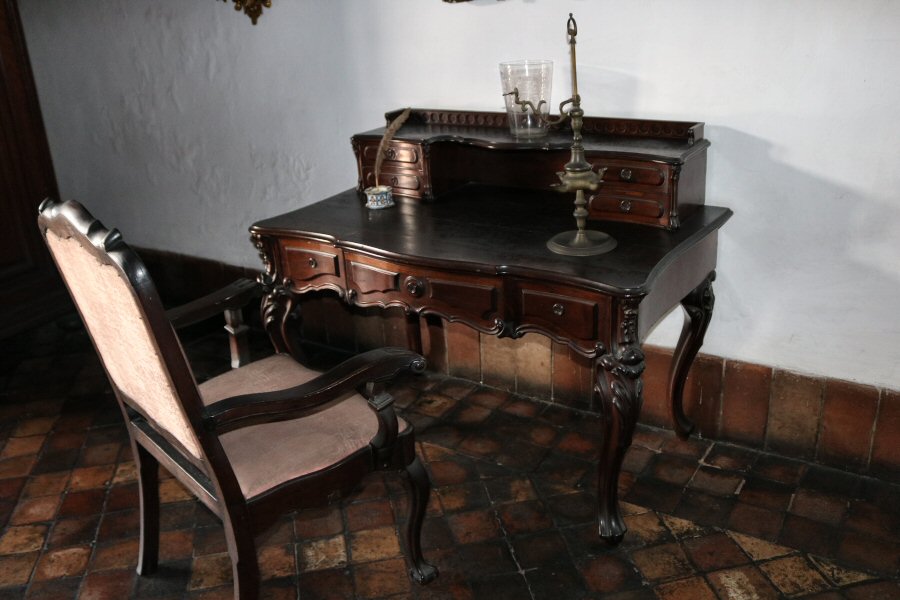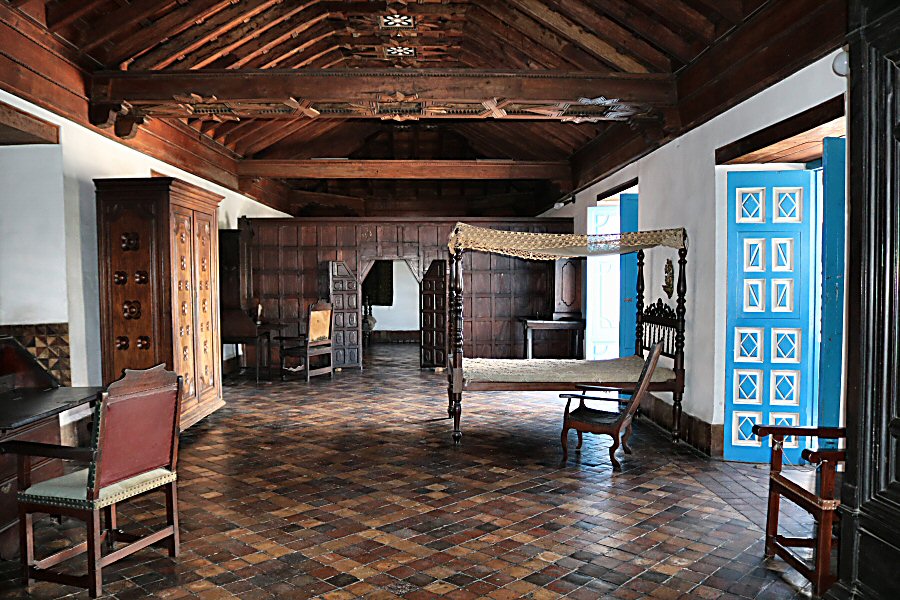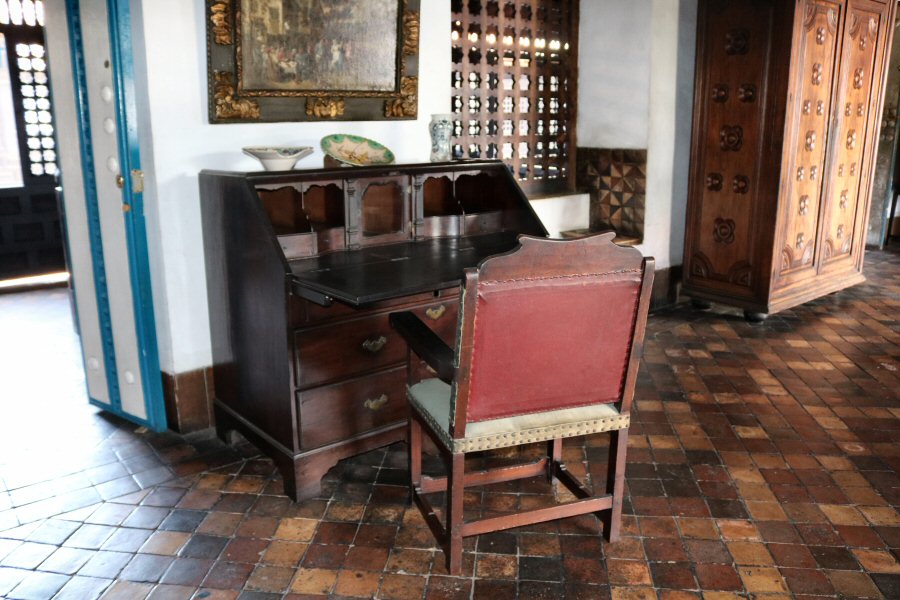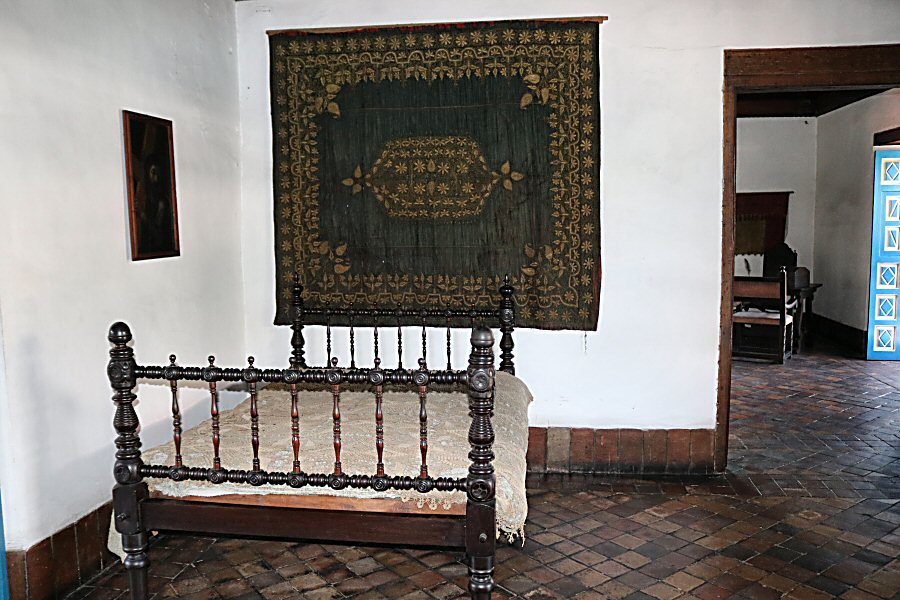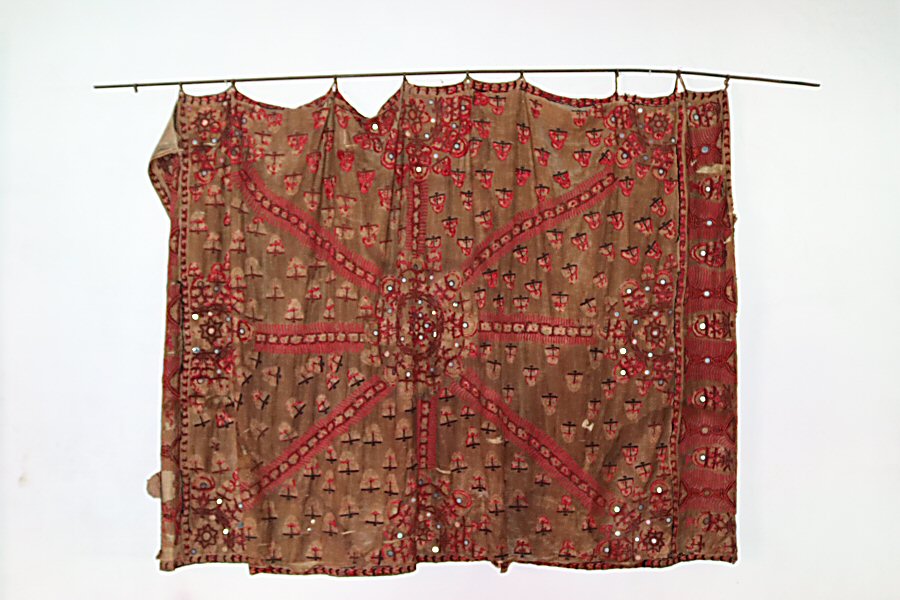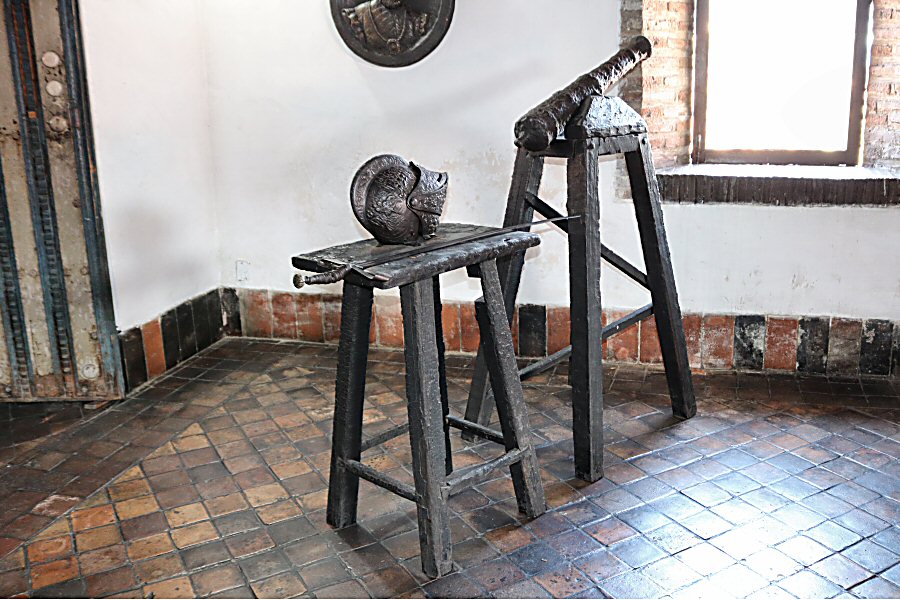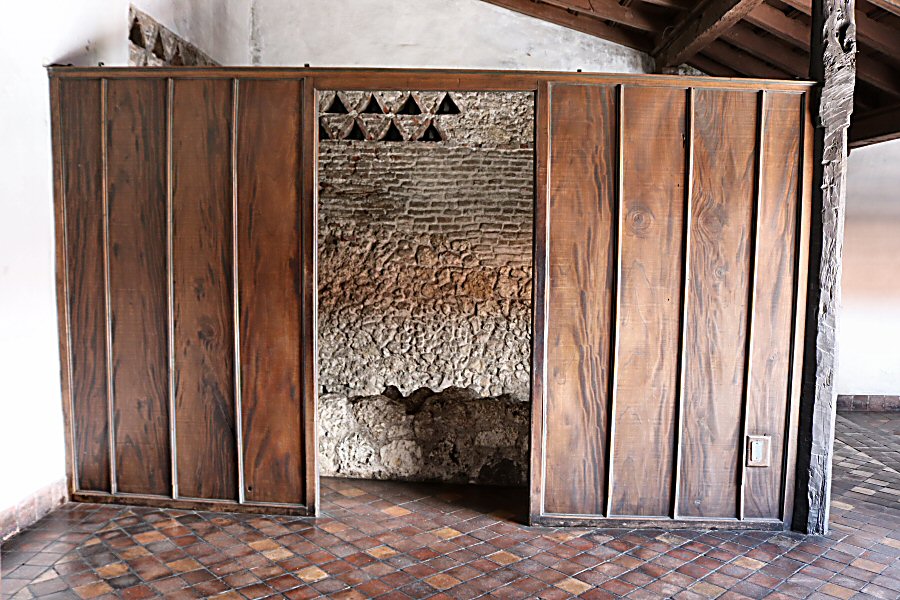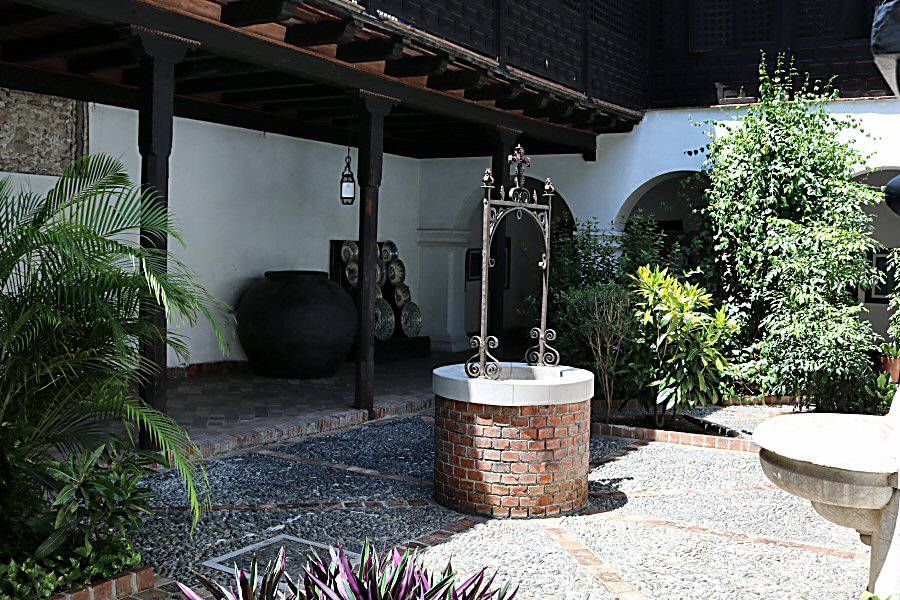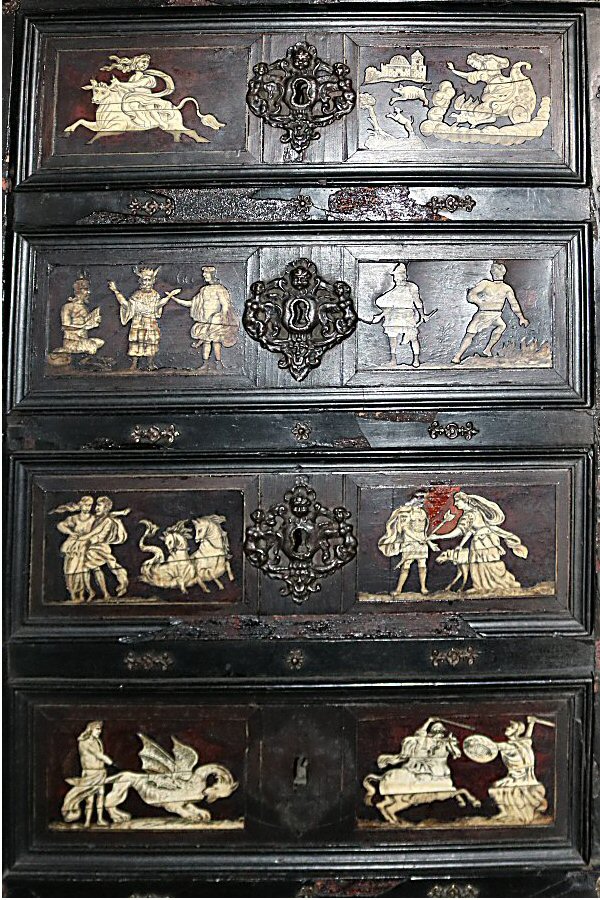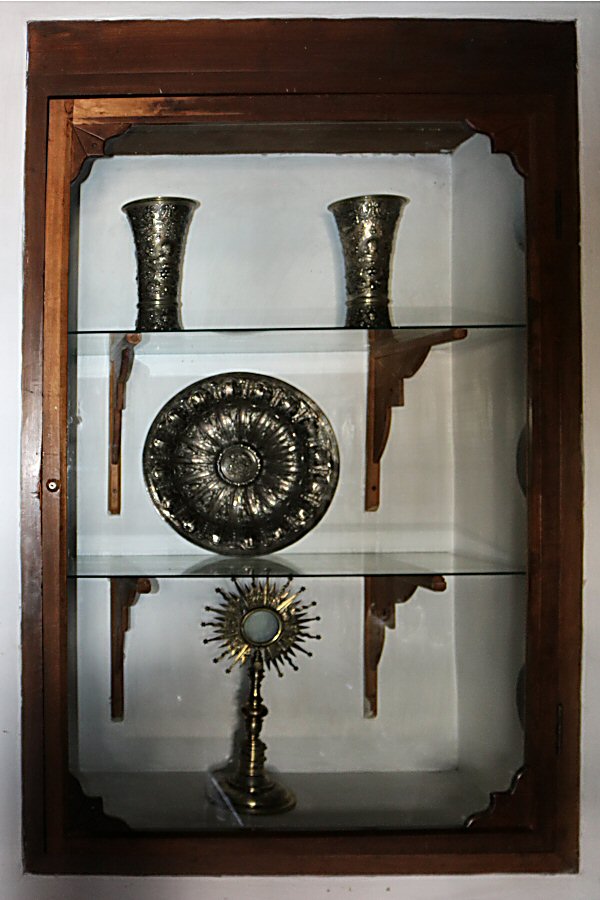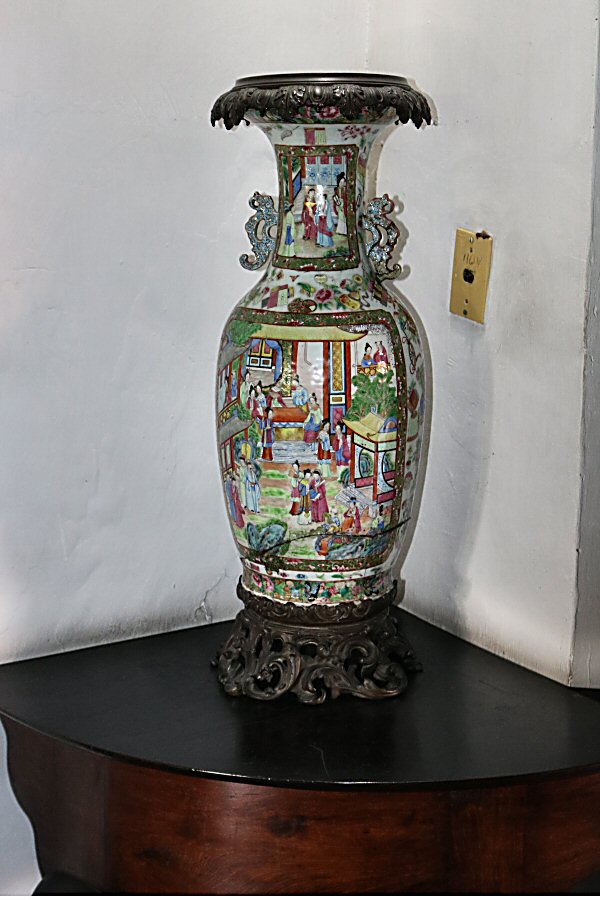Museo Casa de Diego Velázquez is located on the west side of the Parque Céspes, on the Santa Tomâs street between Aguilera and Heredia streets.
Monday - Thursday,
Saturday - Sunday 09:00-16:45
Friday 13.30 - 16.45
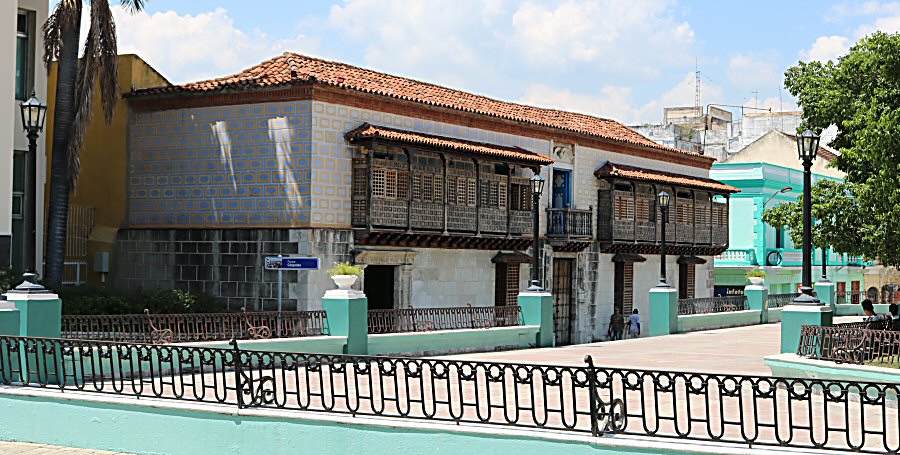

The second important building around the Céspedes Park is the mansion of Diego Velázquez, the conqueror of Cuba and founder of the Villa Santiago Apóstol. He arrived in Cuba on the second voyage made by Christopher Columbus in 1493 and was appointed the first Spanish governor of Cuba. He lived here from 1519 until his death in 1524. Before 1519 he was using the old town hall (ayuntamiento) also as his residence.
The building of the Museo Casa de
Diego Velázquez is considered the oldest residential building in
Cuba that has survived intact. In fact, the objective of Diego
Velázquez de Cuéllar was to gather his residence and Casa de
Contratación y Casado de Oro together in the same building to
have a close control on this institution that had broad sanction
power on financial matters concerning trade and legal disputes
arising from it. Currently this house functions as Museo
Ambiente Histórico Cubano.
It has two floors. The ground floor
was finished in 1519, and the top floor in 1530, when Gonzalo
Guzmán was the governor. Towards the end of 19th century, it
ceased to be a luxurious residence and became first the hotel
“La Venus”, then a cuartería (tenancy of small housing units,
mostly occupied by families with limited economic resources that
generally share a common bathroom and patio), a textile
workshop, as well as a Masonic Lodge. In 1965, the Provincial
Commission of Monuments of the East undertook the restoration of
this house to bring it to its original state.
The house has a wide entrance,
peculiarly made to accommodate a horse carriage. It contains a
wonderful collection of furniture, weapons, intriguing objects
and fripperies that are ideal to obtain an opinion about the
colonial lifestyle.
The top floor that was used as the
family’s living quarters, has windows that open to balconies
with wooden lattice shutters carved from cedar. Such a
decoration that was reconstructed after a fire, was intended to
hide the women from inquisitive looks, to protect the
inhabitants from attacks, to keep the sun out and to lend the
house a coolness. Looking from outside, the influence of the
Moorish architecture on the design of the house is notable,
giving the impression of a well-fortified fortress. The house
was peculiarly built facing to west, so that the bay could be
watched, and in case of danger, the house could be protected by
a cannon that is still trained out of the bedroom window.
The Mudejar ceilings that was
superbly carved from cedar, the carved mahogany chest, the
Spanish ceramic inkwell in the first room, mother-of-pearl
inlaid desk with depictions of gods from Greek mythology and the latticed spy
window (el poyo de la ventana) in the final room overlooking the
hallway that was used by the inhabitants to watch other people
in the house, and the stone furnace at the end of the hallway
that Velázquez used to refine his own gold, are worth to see.
Some magnificent French, British, Spanish and Cuban furniture
and Chinese ceramics that has survived intact through three
centuries, aspires to portray the styles of colonial life that
were popular at varied times.
There’s a nice central fountain and a
huge water jar (tinajón) in the courtyard below.
In contrary to the first floor, there
are lesser interesting details on the ground floor that
Velázquez used as his offices and as Casa de Contratación y
Casado de Oro. Some parts of it were reserved for horse
carriages. It is decorated with eighteenth-century furniture.
There is a second house in the back
that is painted in blue and white, but it is not a part of the
original house of Velázquez. In fact, the museum consists of two
buildings: the original sixteenth-century house and an adjoining
early nineteenth-century structure in which examples of that
century's culture are displayed. This house served as a high
school for girls for a short period, after his owner moved to
the residential area Vista Allegre. After the revolution ist was
used as the headquarters of the Federation of Cuban Women.
Every Sunday at 10.30 there is a
chorus performance in the museum, and peñas play traditional
music throughout the week.
